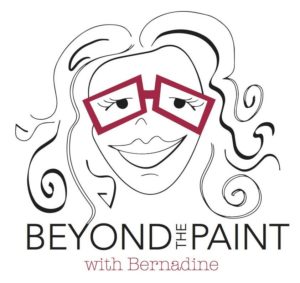During my recent visit to the newly opened MoMa (Museum of Modern Art), the procession of modern masters juxtaposed to fresh perspectives in the museums expanded gallery spaces, immersed my senses. The museum was crowded and loud on this Friday after New Year’s Day, though the visitors and longer waits for the elevator did not hamper my opportunity to enjoy the depth and breadth of the collection. I was especially entranced by the portrait by Polish born artist, Zofia Kulik and her 1997 photograph “The Splendor of Myself II.”
I find the title so delightful though it is not what captured my attention at first. It was Kulik’s face, her direct gaze looking out towards me, the viewer; her somber expression framed in a flat, patterned collar and gown. The style of dress was immediately recognizable to me, similar to the style of royal portraits of England’s Elizabeth I. (In my Art History courses, students are exposed to Elizabeth I’s “Ditchley Portrait,” 1592.) The obvious difference is Kulik’s black and white palette and the incorporation of contemporary images arranged like a collage. There is an interesting history to her art practice of archiving images. As a child she collected photographs of actresses from magazines, pasting the images into notebooks.

http://www.moma.org
She modeled the self-portrait, “The Splendor of Myself II,” on historic royal paintings of Queen Elizabeth I of England (my initial response was correct), replacing symbols of royal power (crown, scepter) with natural objects that reveal her lineage and history. “The sickle and cross in the upper corners recall the entangled history of Poland’s Communist regime and the country Catholic church. Kulik explained, “I am rich in images. I dress myself in them.”
Royal portraits like the series of ones commissioned for Queen Elizabeth I were carefully engineered to convey to the viewer her wealth, her authority and power. Kulik’s “engineering” of her portrait is an arena I want to explore more personally. What for example is the significance of the repetition of rigidly posed, male bodies on the collar? Viewing Kulik’s self-portrait is a wonderful entry point for me to think more deeply about my identity. She offers me a “fresh perspective” to see “identity” within the context of my lineage as a granddaughter to an Italian immigrant, the role patriarchy played and did not play throughout my life as a child of the 70s.

oil on canvas, 1592
https://www.npg.org.uk/
